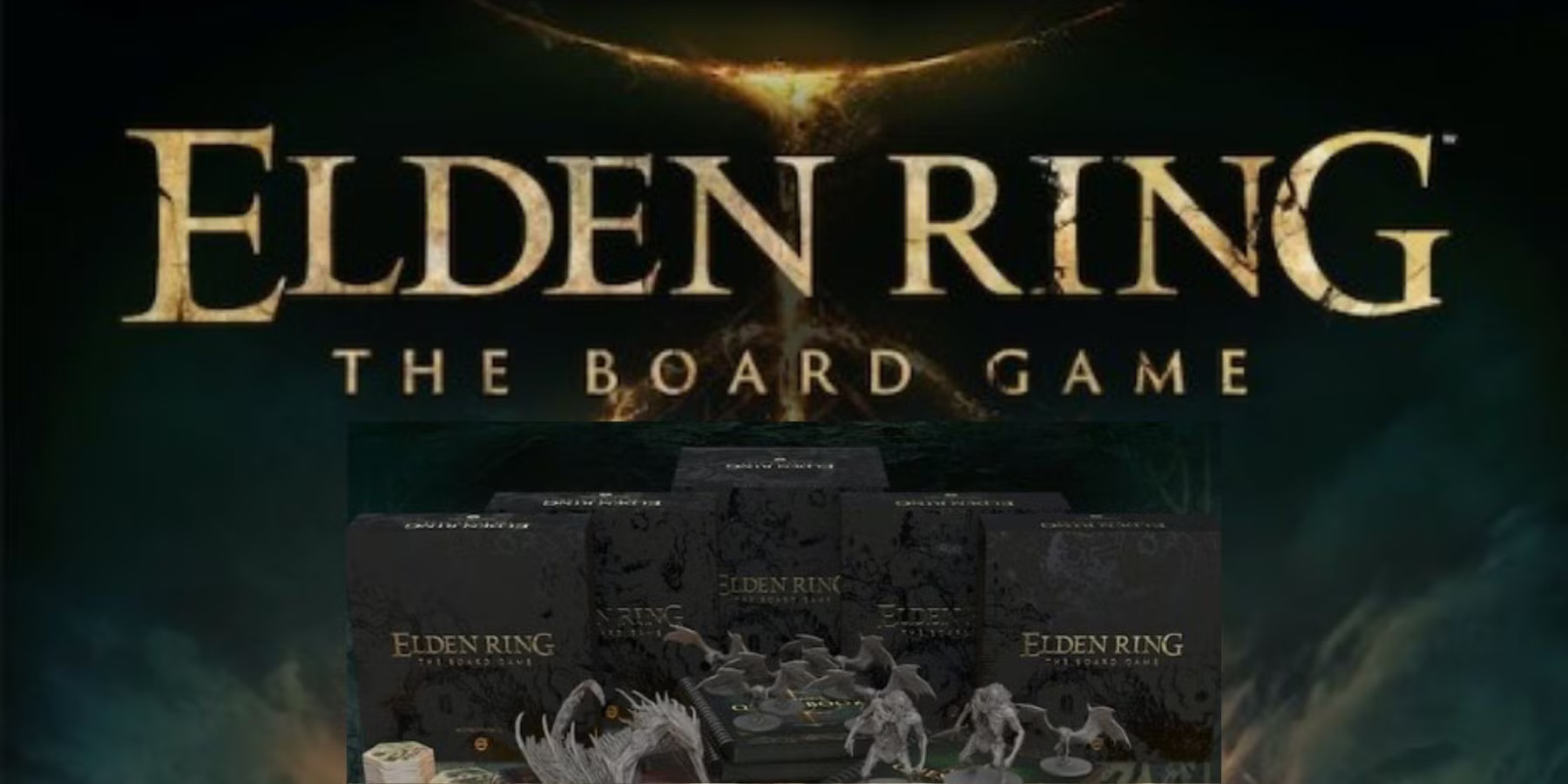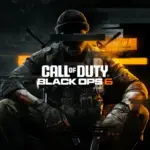Picture this: you’re hunched over a table littered with cards, miniatures, and hexagonal tiles, the air thick with tension as you and your mates plot your next move against a towering Tree Sentinel or the sneering Margit, the Fell Omen. The whiskey’s flowing, the banter’s sharp, and the stakes feel as real as they did when you first booted up Elden Ring on your console. This isn’t just a board game—it’s a bloody expedition into the Lands Between, a tabletop odyssey that captures the soul-crushing challenge and triumphant highs of FromSoftware’s 2022 masterpiece. Steamforged Games has taken one of the most punishing video games of our generation and turned it into a physical beast that demands your grit, your guile, and a few good guys to share the pain. Welcome to Elden Ring: The Board Game—a love letter to the Tarnished, a gauntlet thrown at your feet, and a damn good time if you’ve got the stones for it.
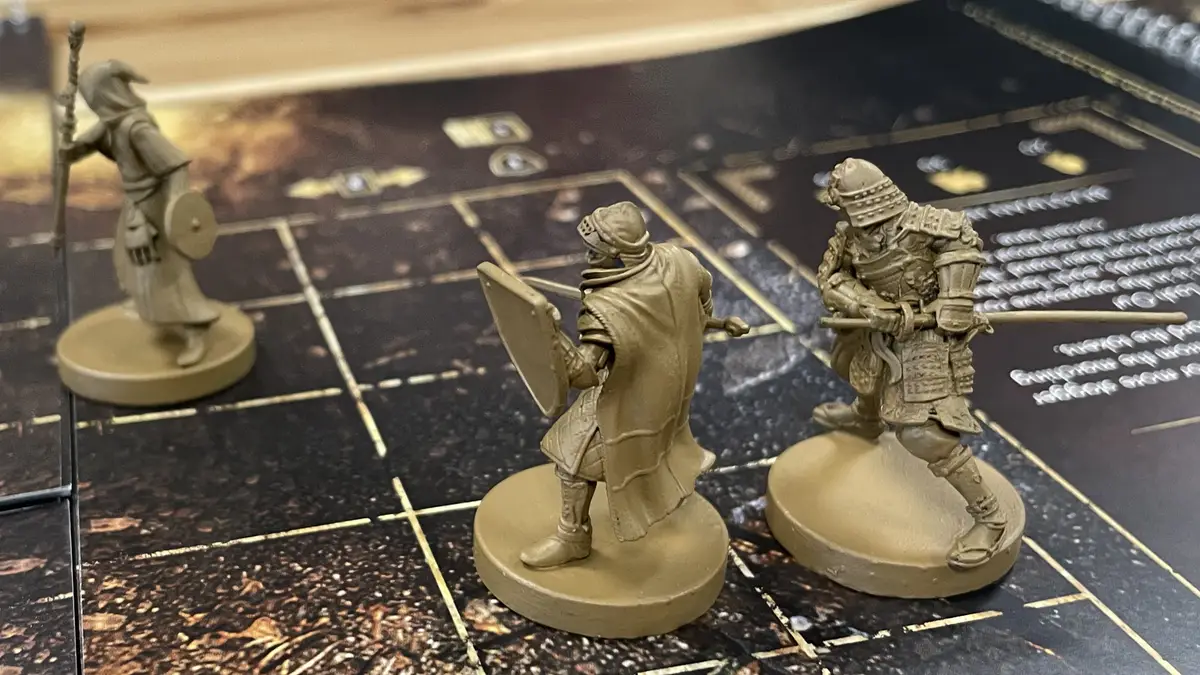
The Setup: A World Worth Fighting For
Let’s start with the box—or rather, the monolith. Cracking open Elden Ring: The Board Game – Realm of the Grafted King (the core set) feels like unearthing a treasure chest from some forgotten ruin. Inside, you’re greeted with 51 miniatures—everything from lowly Godrick Soldiers to the jaw-dropping Tree Sentinel—and a sprawl of cards, tokens, and books that’ll have you wondering if you’ve accidentally signed up for a medieval accounting gig. This isn’t some lightweight filler game to kill an hour; it’s a campaign beast, promising 50+ hours of exploration, combat, and swearing at your own stupidity. And that’s just the base set. Add in expansions like Weeping Peninsula or Stormveil Castle (with 20+ hour campaigns), and you’re looking at a commitment that rivals your last gym phase.
The setup alone is a ritual. You’ve got hexagonal tiles to build Limgrave piece by piece, a deck of cards for your Tarnished warrior, and four encounter books that double as battle grids. It’s a lot—maybe too much if you’re the type who balks at a rule book thicker than a bar tab. But once you’ve got it sussed, the payoff is immediate. You’re not just playing a game; you’re stepping into the boots of a Vagabond, Samurai, Astrologer, or Prophet, ready to carve your legend into a decaying world of golden trees and windswept hills. It’s Elden Ring, just without the controller and with a hell of a lot more table space.
The Vibe: Brutal, Beautiful, and Social
If you’ve played the video game, you know the drill: Elden Ring is a brutal, beautiful slog where every victory feels like a middle finger to the universe. Steamforged nails that vibe. The board game ditches dice for a card-driven system that’s equal parts genius and chaos. Your hand is your stamina—play a card to swing a sword, dodge a blow, or unleash a spell, but overextend, and you’re knackered, left open to a counterattack from a Godrick Soldier or worse. It’s a dance of risk and reward that mirrors the video game’s rhythm: tense, deliberate, and unforgiving.
Exploration is where the game flexes its open-world roots. You and your crew flip tiles to reveal the map—maybe you’ll find a Site of Grace to catch your breath, a merchant with gear, or a pack of wolves ready to rip your throat out. It’s random, sure, but that unpredictability keeps you on edge, just like cresting a hill in the Lands Between only to spot a dragon you’re nowhere near ready to fight. Quests pop up—some main, some side—and you’ll need to decide whether to chase them or save your strength for the boss ahead. It’s a guys’ night out in Limgrave, only instead of pulling pints, you’re pulling punches with eldritch horrors.
Combat, though? That’s the meat. When you trigger a fight, you flip to a page in one of those encounter books, set up a grid, and square off. Positioning matters—stand too close, and you’ll land critical hits but eat them too; hang back, and you’re safer but weaker. Enemies have their own decks, driven by a logic that learns your moves and punishes your cockiness. It’s not perfect—sometimes the setup feels clunky, with four books splayed out like a madman’s library—but when you’re five rounds deep, trading blows with Margit, you won’t care. You’ll be too busy shouting at your buddy to flank the bastard before he flattens you both.
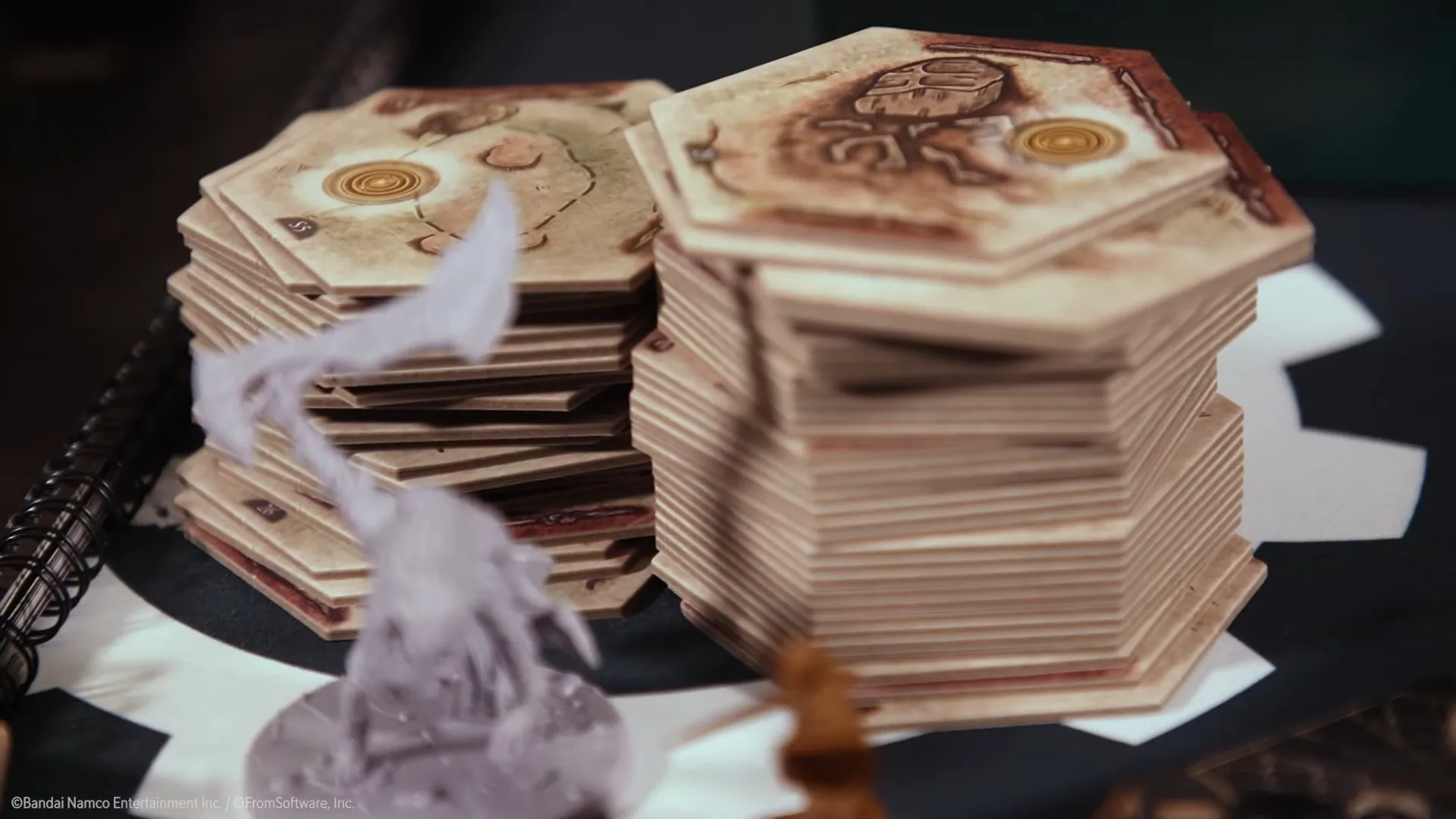
The Crew: Solo or Squad, It’s Your Call
Here’s where Elden Ring: The Board Game shows its colors. You can go it alone—channel your inner “Let Me Solo It” and take on Limgrave single-handedly—or rope in up to three friends for a co-op brawl. Solo play is a grind, no question. The game doesn’t pull punches, and without backup, every mistake stings like a hangover on a Monday. But there’s a raw satisfaction in it, a lone-wolf vibe that’ll have you muttering to yourself as you claw your way to victory.
With a crew, though, it’s a different beast. The social contract kicks in—strategy sessions turn into arguments, victories into war stories. Experience and loot are shared, so no one’s hogging the glory, but you’ll still rib each other when someone botches a dodge and gets skewered. It’s the kind of game that thrives on banter, the kind you’ll still be talking about over beers a week later. Problem is, wrangling a group for a 50-hour campaign is harder than beating Malenia blindfolded. If yourfriends are flaky, you’re in for a long solo slog or a lot of aborted sessions. Pick your squad wisely.
The Toys: Miniatures That Steal the Show
Let’s talk hardware. The miniatures are the crown jewels here—51 of them in the core box, from rats and wolves to the hulking Tree Sentinel and Margit himself. They’re not Games Workshop-level, mind you—no Citadel crispness—but they’re detailed enough to impress. The Tree Sentinel’s armor gleams with menace, Margit’s staff looks ready to brain you, and even the grunts have character. Some swords might bend in transit (hot water fixes that), but they’re sturdy and paint up a treat if you’re into the hobby. For the rest of us, they’re just really cool to shove around the table.
The rest of the components? Solid, if not spectacular. The cards are thick, the tiles chunky, but the player dashboards are flimsy—should’ve been proper cardstock. There’s a ton of tokens, too, which can feel like overkill when you’re tracking bleed effects and stance shifts mid-fight. It’s a lot to juggle, but it adds to the chaos in a way that feels right for Elden Ring. This is a game that revels in its excess—too many minis, too many rules, too much of everything. And honestly? That’s part of the charm.
The Grind: Depth, Density, and a Learning Curve
Don’t kid yourself—this isn’t a pick-up-and-play affair. The rulebook’s streamlined (a miracle for Steamforged), but the game’s dense as a brick. Every enemy has stats, attacks, and symbols you’ll need to decode, and your Tarnished comes with a deck of gear, attributes, and traits to manage. Add in events, hardships, and a choose-your-own-adventure campaign, and you’ve got a brain-buster that’ll test your patience. Setup takes a solid half-hour, and even after a few games, you’ll be flipping through the rules like a lost tourist.
But that depth is the point. Like the video game, Elden Ring: The Board Game rewards persistence. Leveling up your character—swapping weapons, tweaking stats via the Rune system—feels like forging a warrior from scratch. Every session builds on the last, weaving a story that’s yours alone. It’s a grind, sure, but when you finally topple a boss after hours of planning and cursing, the rush is primal. This is a game for men who don’t shy from a challenge, who’d rather wrestle a dragon than sip a latte.
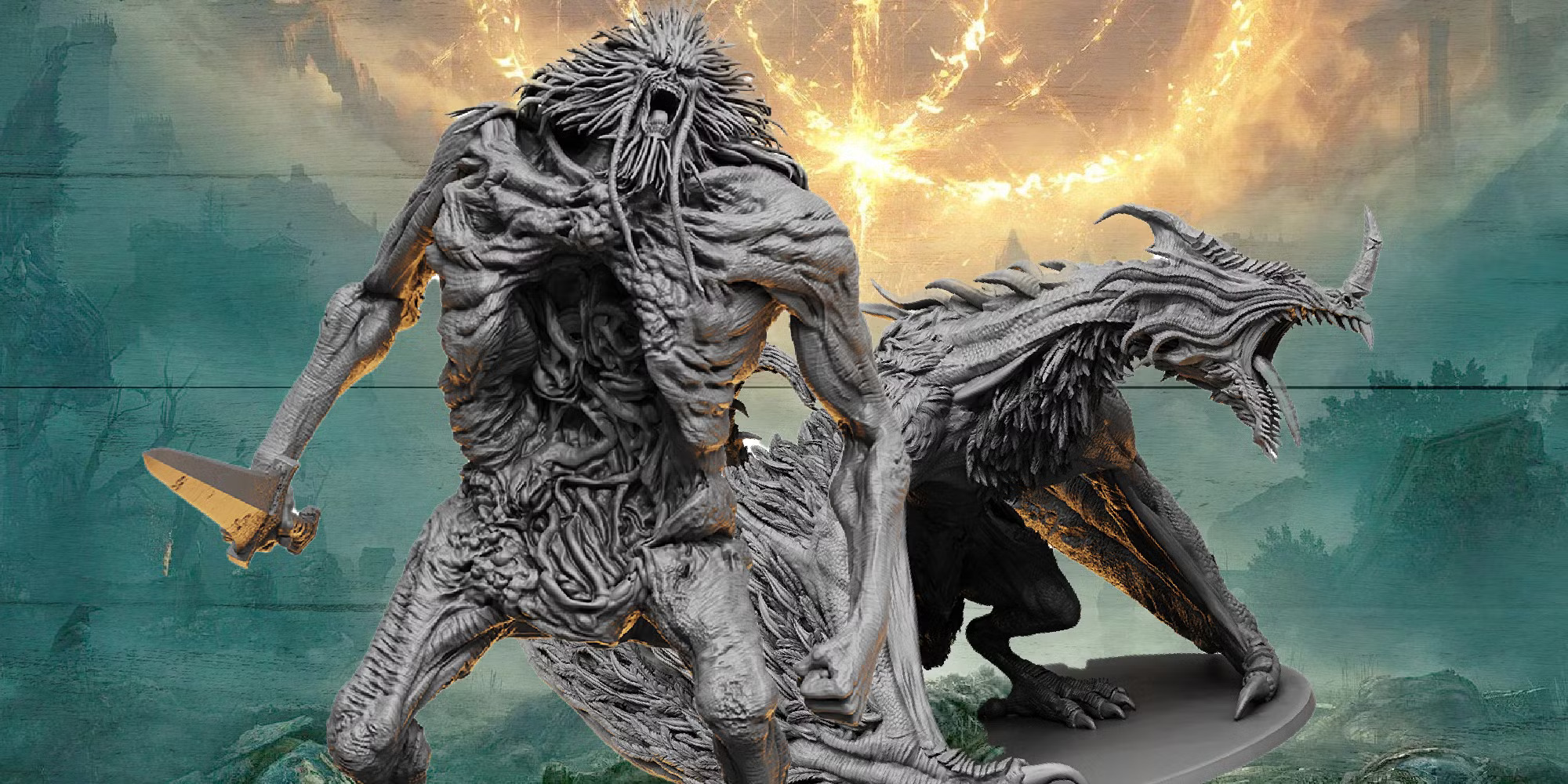
The Verdict: Worth the Runes?
So, is it worth it? Its not cheap for the core box—and potentially more if you grab the expansions—it’s a hefty ask. You could buy a console for the cost, or a year’s worth of steak. But if you’re an Elden Ring nut or a tabletop fiend with a crew of diehards, this is a no-brainer. Steamforged has distilled the video game’s essence—exploration, combat, that sweet sting of failure—into a physical form that’s as punishing as it is rewarding. The minis alone are worth showing off, and the replayability (30 scenarios in the core set!) ensures you won’t shelve it after one go.
It’s not flawless. The setup’s a chore, the learning curve’s steep, and solo play can feel like a masochist’s fever dream. But those are features, not bugs, for anyone who’s ever loved FromSoftware’s brand of misery. This is Elden Ring in cardboard and plastic—a brutal, beautiful bastard of a game that dares you to rise, Tarnished, and claim your crown. Grab your friends, crack a bottle, and dive in. Just don’t expect to come out unscathed.

